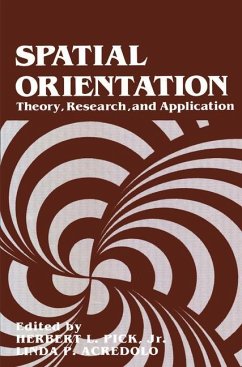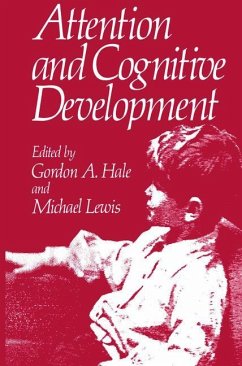How do people know where in the world they are? How do they find their way about? These are the sort of questions about spatial orientation with which this book is concerned. Staying spatially oriented is a pervasive aspect of all be havior. Animals must find their way through their environ ment searching efficiently for food and returning to their home areas and many species have developed very sophisticated sensing apparatus for helping them do this. Even little children know their way around quite complex environments. They remember where they put things and are able to retrieve them with little trouble. Adults in societies across the world have developed complex navigational systems for help ing them find their way over long distances with few dis tinctive landmarks. People across the world use their langu ages to communicate about spatial orientation in problems of simple direction giving and spatial descriptions as well as problems of long range navigation.
Hinweis: Dieser Artikel kann nur an eine deutsche Lieferadresse ausgeliefert werden.
Hinweis: Dieser Artikel kann nur an eine deutsche Lieferadresse ausgeliefert werden.








